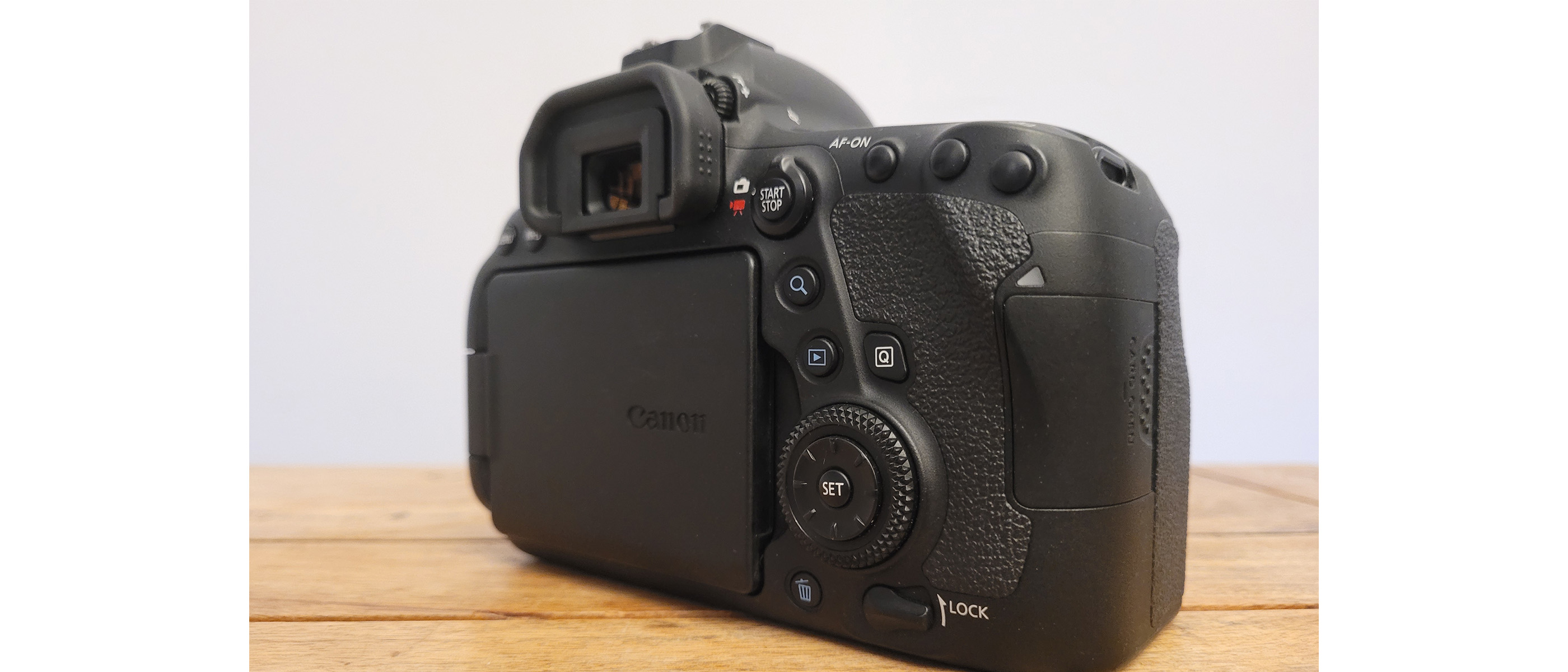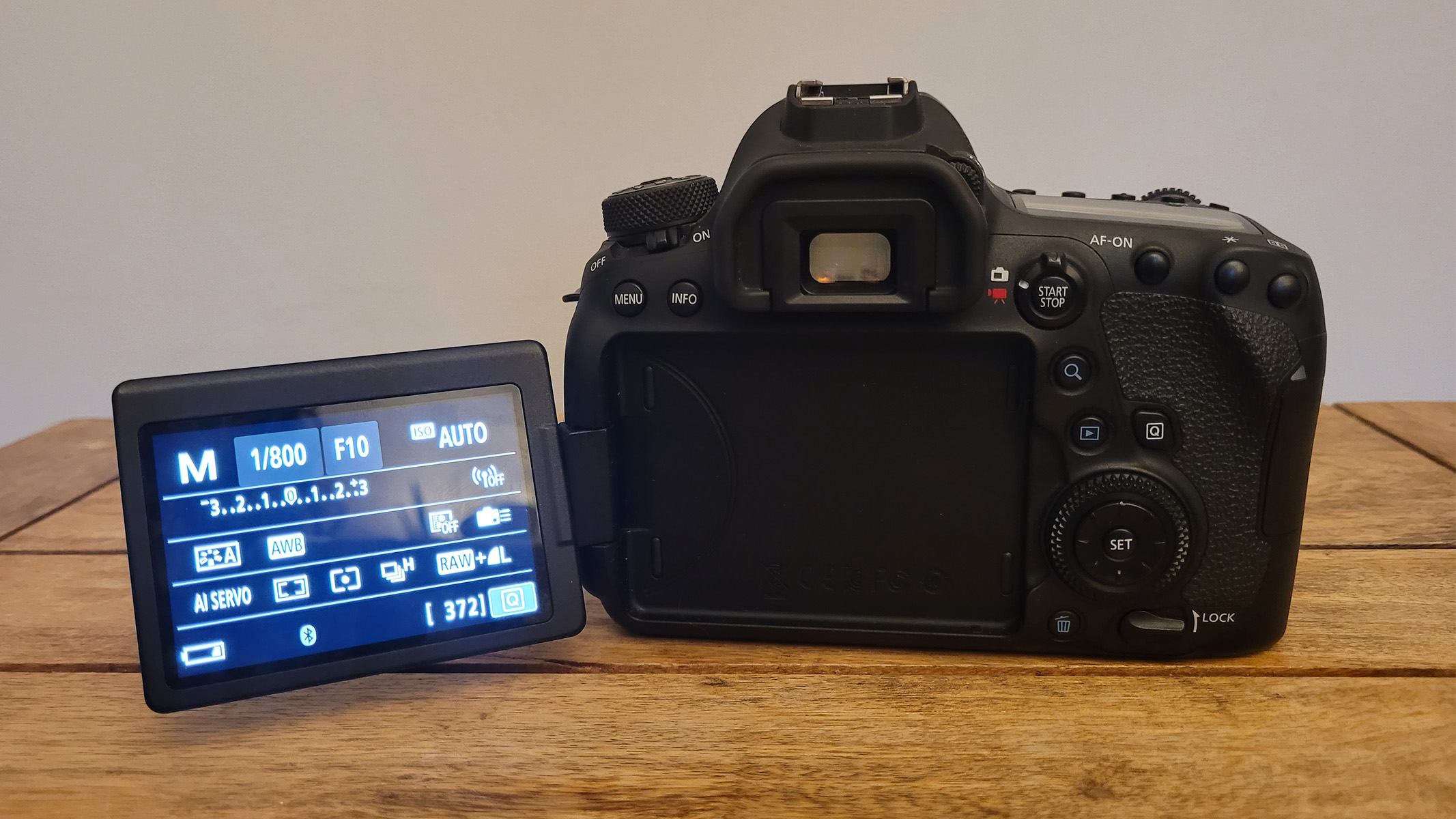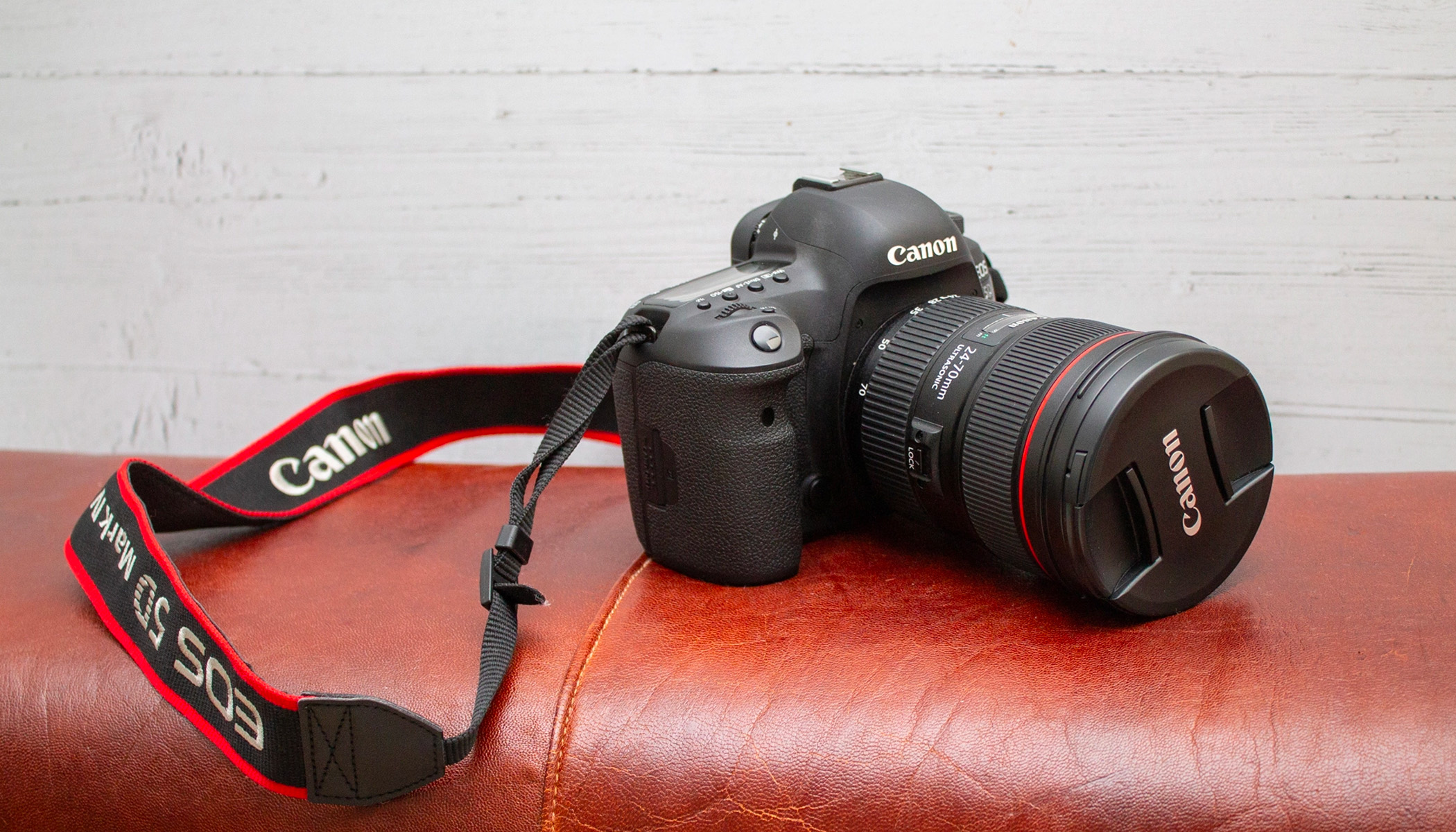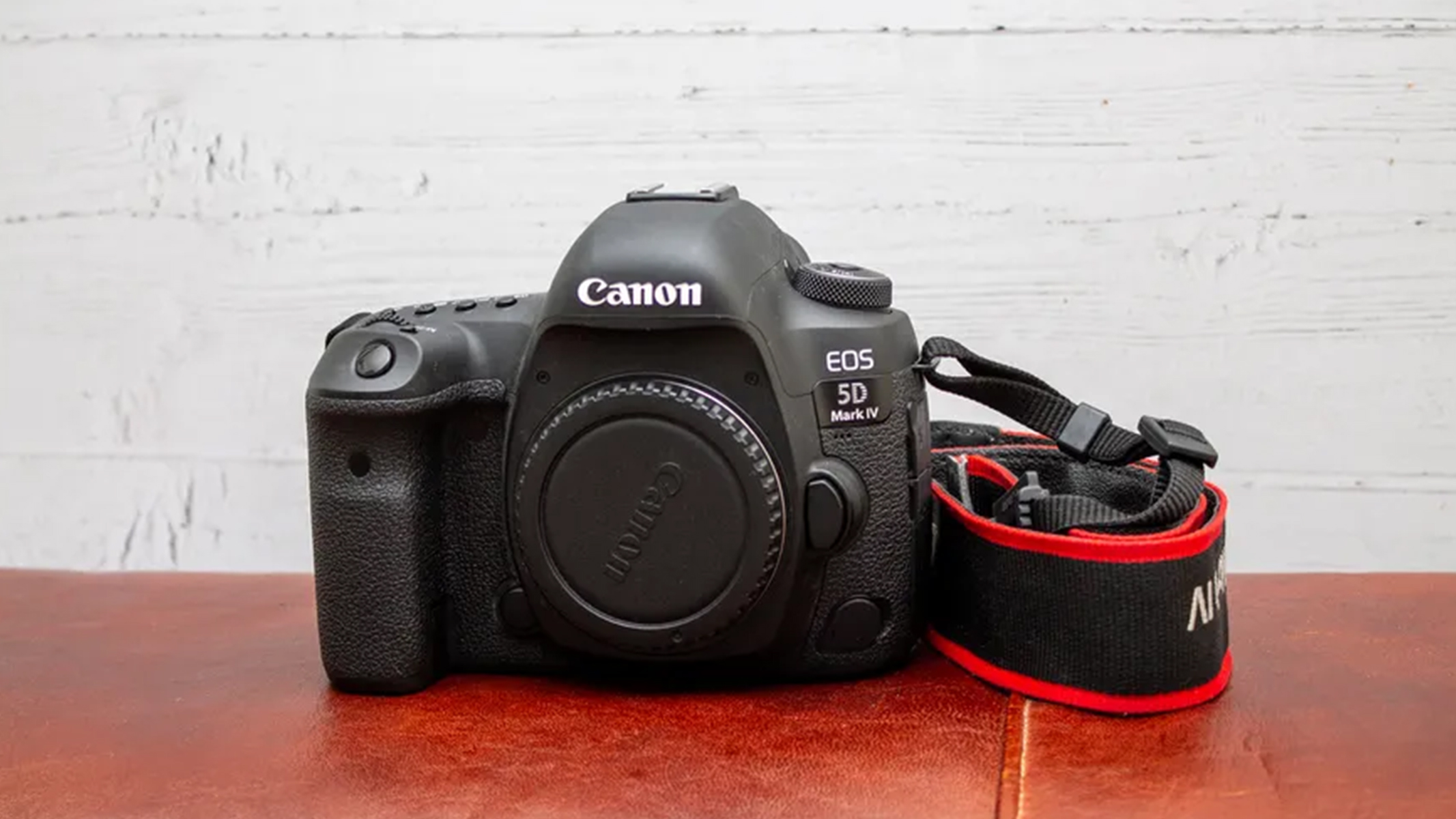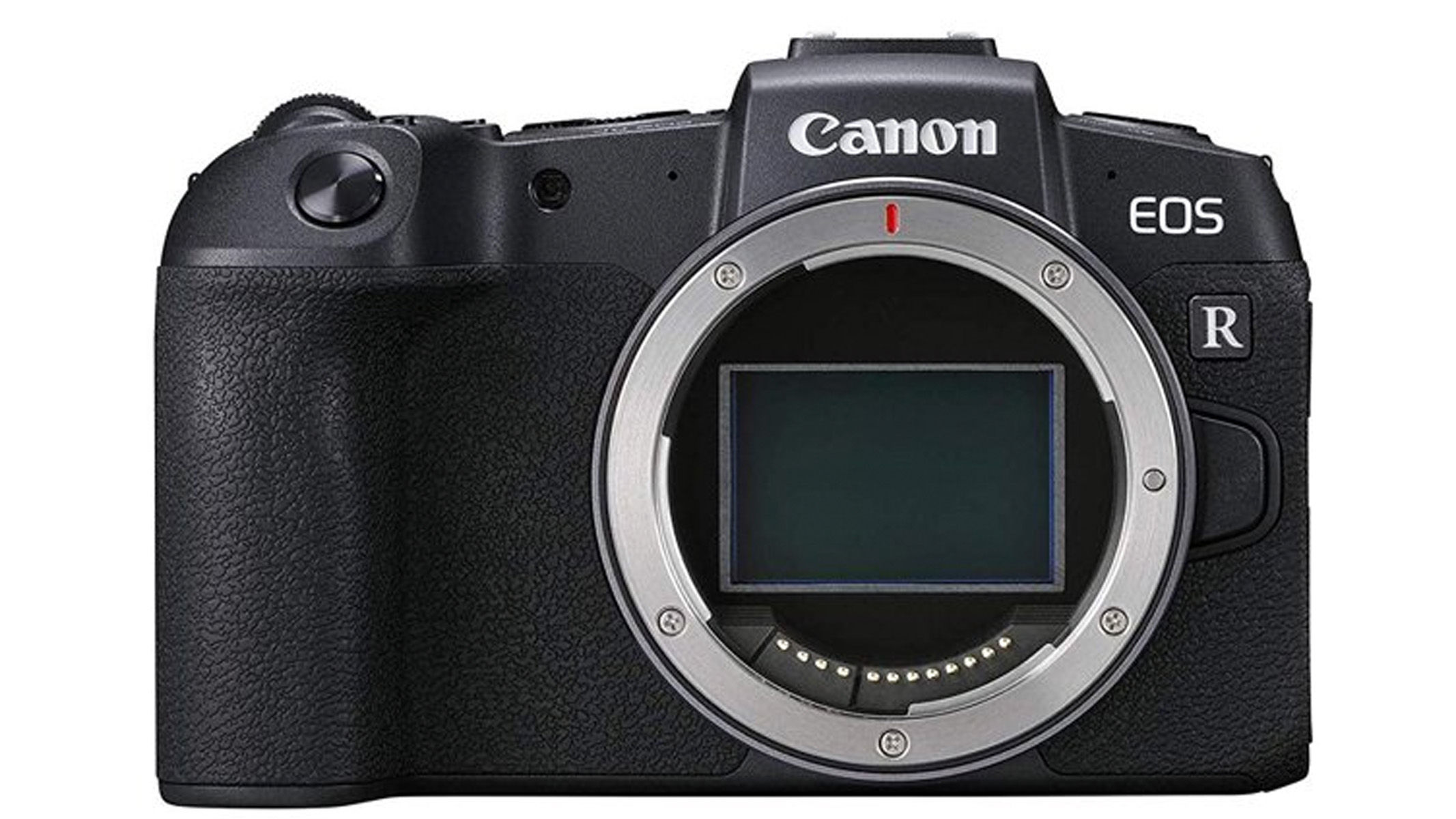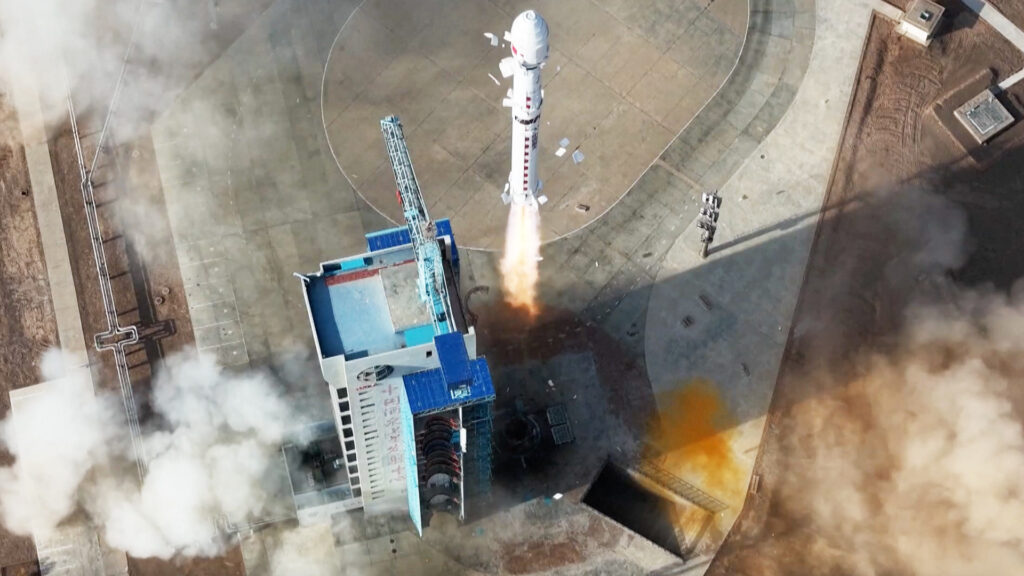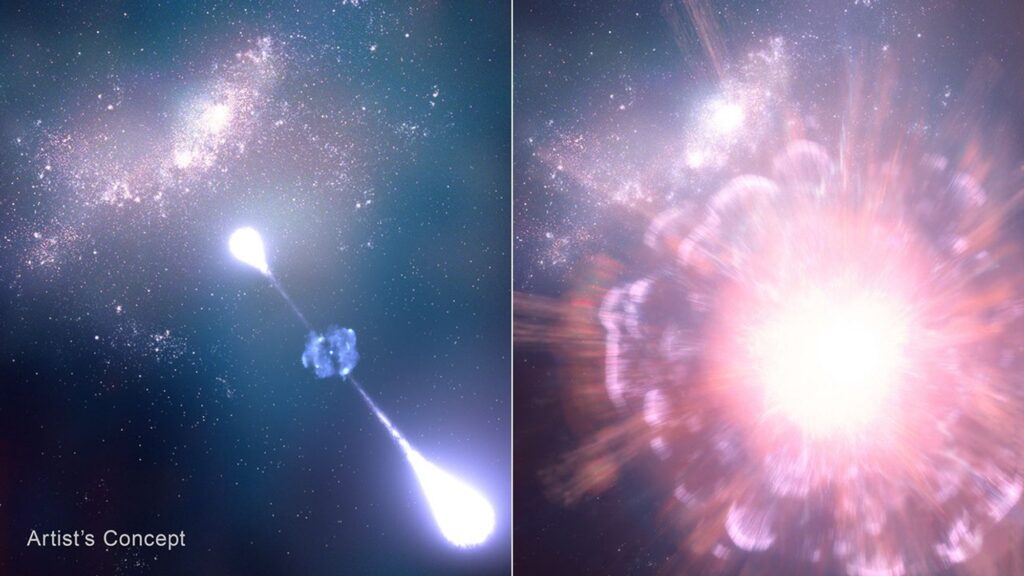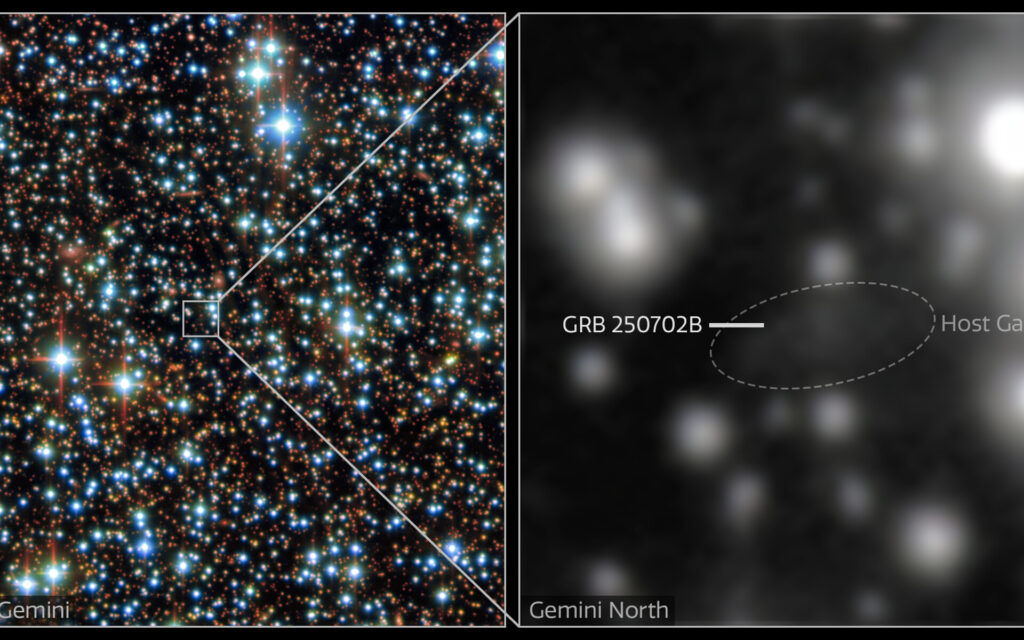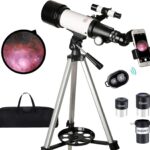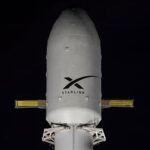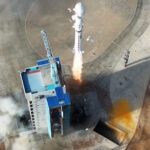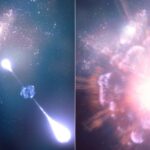While they all excel in different areas, we think the best Canon camera is the Canon EOS R6 Mark II. It’s fantastic at everything and while you can get higher resolution Canons, it’ll handle whatever you throw at it, low light shooting included.
Now Reading: Best Canon cameras 2025: Upgrade your photography with these models on Amazon Prime Day.
-
01
Best Canon cameras 2025: Upgrade your photography with these models on Amazon Prime Day.
Best Canon cameras 2025: Upgrade your photography with these models on Amazon Prime Day.
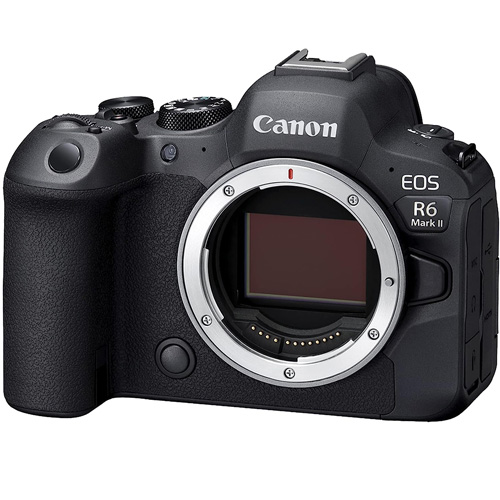
If you’re looking to buy one of the best Canon cameras but don’t know where to start, you’re in the right place. Cameras are not created equal, and they all have different strengths and weaknesses, so it’s worth taking the time to figure out what you want from your camera before you decide to purchase one.
If you’re buying for astrophotography, now’s a great time to pick up one of the best Canon cameras thanks to potential savings on Amazon Prime Day. This is the first four-day Prime Day event and is running from July 8 to 11. We expect a lot of these models to drop in price, so stay tuned!
When it comes to picking the right camera, we’ve done the hard work for you and have compiled a list of the best Canon cameras on the market right now, including mirrorless and DSLR options, full-frame and crop sensors, and options for different budgets and experience levels to suit everyone. We’ve also included some relevant specs of each model, plus the type of photography it would be suitable for. To see these cameras compared to other brands, we have a guide to the best cameras for photo and video. For dedicated astrophotographers, we have a best cameras for astrophotography guide, or best cameras for beginners if you are just starting out.
The quick list
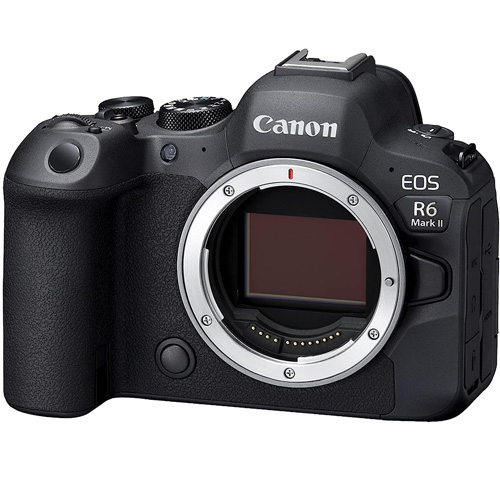
Canon EOS R6 Mark II
Best overall
An impressively feature-packed mirrorless camera which is superb in low-light conditions and boasts excellent still and video quality.
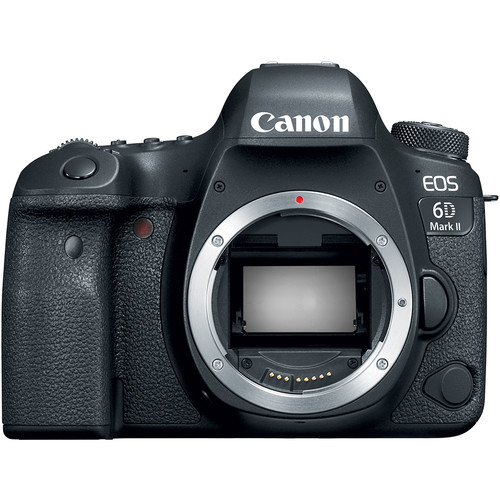
Canon EOS 6D Mark II
Best for semi-pro
A great choice if you’re looking for a reliable all-rounder and a good introduction to full-frame.
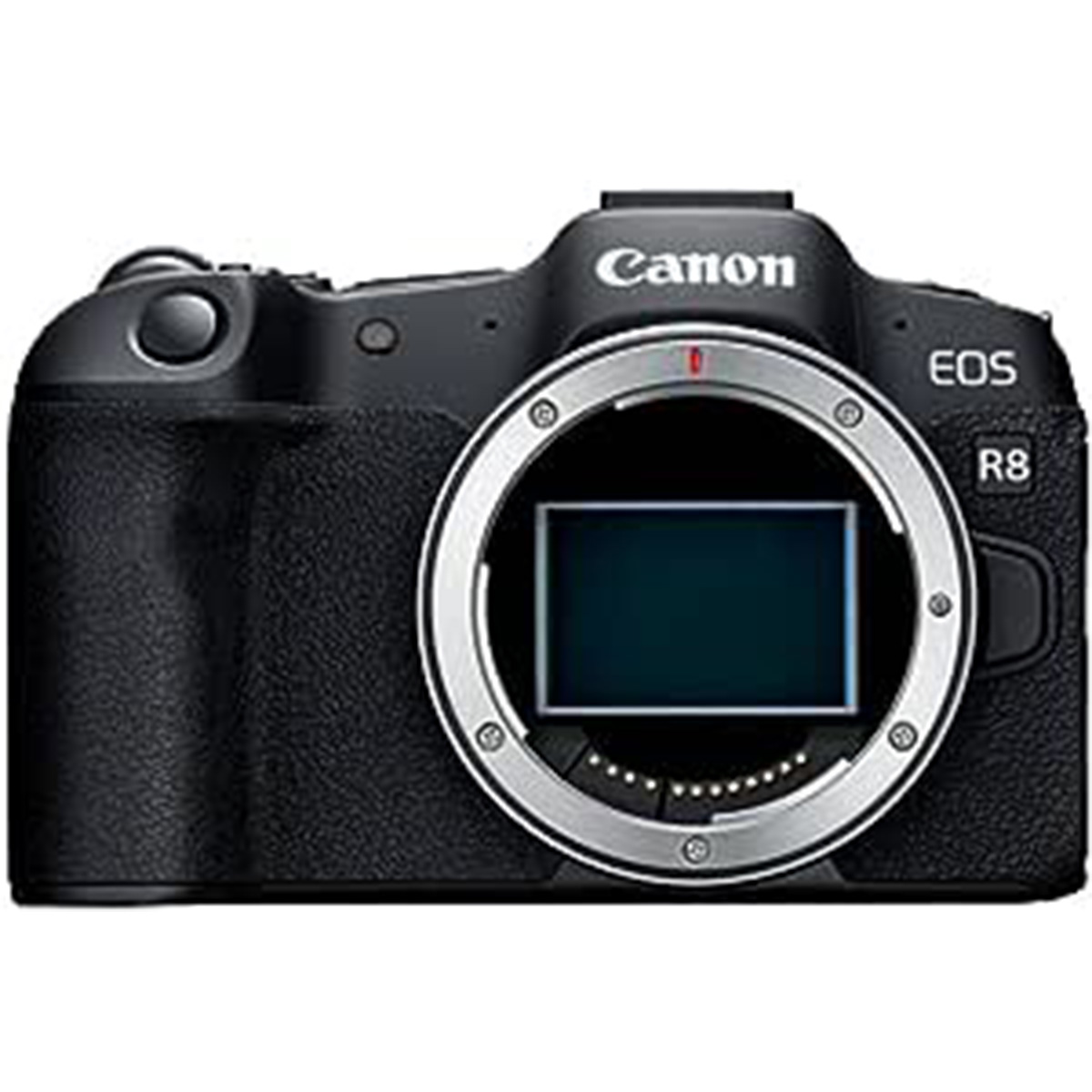
Canon EOS R8
Best beginner full-frame
It’s the lightest and second most affordable entry into Canon’s full-frame system, making it a great option for your first full-frame camera.

Canon EOS R50 V
Best for portability
This compact, viewfinder-less Canon is built for content creators who want to capture high-quality video on the go.
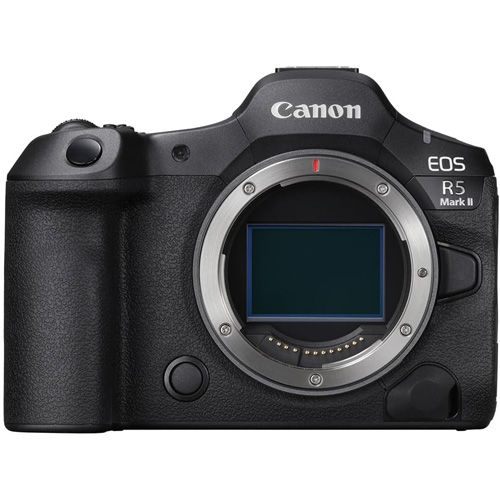
Canon EOS R5 II
Best resolution
This Canon EOS R5 II may not be cheap but its 45MP resolution means you can take absolutely stunning high-quality images.
Load the next 2 products ↴
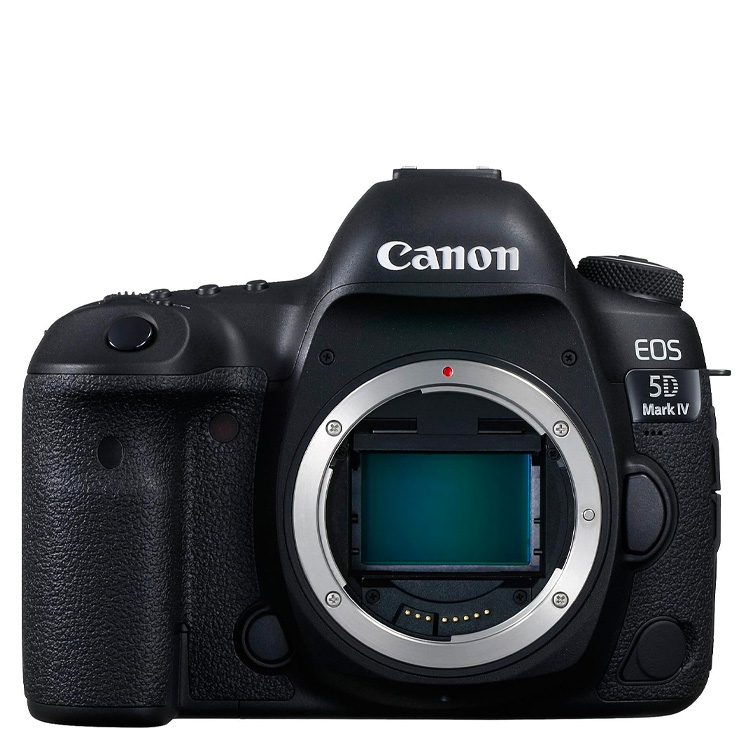
Canon EOS 5D Mark IV
Best DSLR
Ideal for enthusiasts and pro photographers seeking an all-rounder that handles well — although it’s slowly showing its age as time passes.
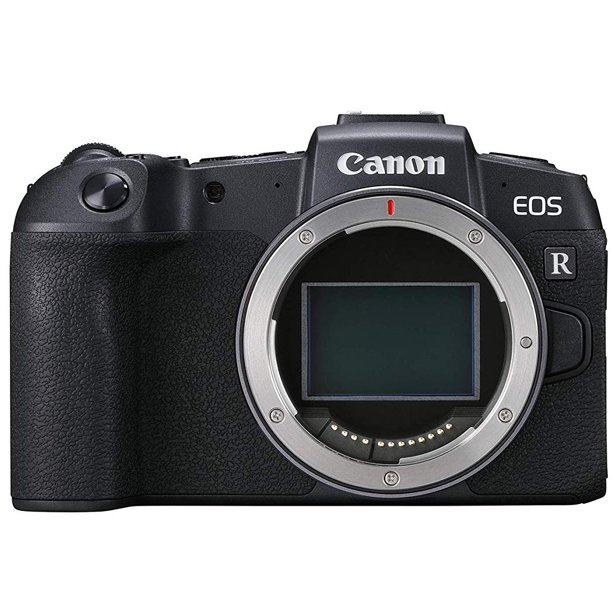
Canon EOS RP
Best for beginners
Small, lightweight and very affordable, this camera will delight beginners who don’t need any of the big features of the pro-grade models.
The best Canon cameras we recommend in 2025
Why you can trust Space.com
Our expert reviewers spend hours testing and comparing products and services so you can choose the best for you. Find out more about how we test and review products.
Best overall
Buy it if
✅ You’re on a budget: This camera balances excellent image and video quality with affordability.
✅ You’re into astrophotography: This camera is superb in low light, thanks to its high ISO handling.
Don’t buy it if:
❌ You need super-high resolution: As impressive as its image quality is, you can get higher resolution cameras.
The bottom line
🔎 Canon EOS R6 Mark II: This a fantastic feature-packed camera with excellent autofocus, and it’s competitively priced to boot. ★★★★★
Looking for an enthusiast-level Canon camera with the performance, features and image quality you need to go pro? The Canon EOS R6 Mark II is the camera for you, a well-built but lightweight model that punches well above its price bracket.
In our review of the Canon EOS R6 Mark II, we said it was “Undoubtedly one of the best Canon cameras available for astrophotography.” It boasts excellent high ISO handling and image stabilization, but don’t think this is exclusively for astro use, it’s a superb all-rounder too. We liked its potential for capturing a wide range of photographic subjects.
It’s well-built, dust and moisture sealed, yet still relatively lightweight. Its battery life and resolution is also a welcome step above the previous R6 model. It’s comfortable to hold, and its autofocus is outstanding, even when subjects move in and out of frame.
If you are going pro, you’ll welcome the two card slots, giving you extra storage or to use as a backup in case one of the cards gets corrupted. And at this price, you’ll have enough money to buy some suitably powerful lenses.
|
Attributes |
Notes |
|---|---|
|
Design |
Solidly built but lightweight |
|
Performance |
Excellent image quality |
|
Functionality |
Fast, accurate autofocus |
Best for professionals
Buy it if
✅ You earn money from photography: Unless you’re an enthusiast with very deep pockets, this camera is typically reserved for professionals who earn money from the industry and can afford it.
✅ You want a camera that can do everything: If you shoot multiple styles of photography, this camera will excel in all of them.
Don’t buy it if:
❌ You want to make large prints: While it no doubt produces stunning images, there are cameras out there with more megapixels that would be better suited for producing large prints.
❌ You’re not a professional: It’s a very expensive bit of kit, so anyone who isn’t a professional or doesn’t have a big budget would want to consider other options.
The bottom line
🔎 Canon EOS R3: A highly capable, customizable and creative camera that provides a versatile set of options to the serious photographer. In short, it frees you to apply the art and science of photography to create professional images. ★★★★½
Looking at the Canon EOS R3, it’s obvious that it means business. It’s solid, robust and durable with built-in horizontal and vertical grips with duplicated controls — meaning you can switch between shooting landscape and portrait effortlessly. It’s a heavy piece of kit, weighing 1.81 lbs / 822g without the cards or battery, but we thought it felt good in the hand. It has a fully articulating touchscreen which we thought was detailed, clear and very versatile when we conducted our full Canon EOS R3 review.
We also liked the amount of customization you can do with this camera. As a one-size-fits-all configuration doesn’t work for most photographers, it’s useful to be able to customize the buttons and dials to suit your personal setup.
It excels at tracking animals, cars and people with its AI-derived autofocus features, and the speed of its autofocus is astounding — we found it difficult to describe in words. This proves indescribably useful for weddings, sports or wildlife photography where you want to shoot 30FPS without blackout between shots or having to worry about filling up the buffer. Very impressive by anyone’s standards.
While we didn’t test it for astrophotography specifically, its lower megapixel count and impressive high ISO handling would make for stunning astro images. Most cameras would struggle with image noise at around ISO 6400, but we could comfortably use ISOs much higher than that without any problems.
Another talking point is the Canon EOS R3’s impressive video capabilities. The R3 has seemed to resolve the issues found in many mirrorless cameras, like overheating, recording limits and a lack of RAW recording. It’s not a video-focused camera, and it can’t record 8K (for that, you’ll want the Canon EOS R5), but we think it’s fantastic all the same.
|
Attributes |
Notes |
|---|---|
|
Design |
Features built-in horizantal and vertical grips. |
|
Performance |
Fantastic high ISO performance. |
|
Functionality |
Up to 30FPS is great for fast-action. |
Best for semi professionals
Buy it if
✅ You shoot for long periods: The battery life is exceptional, meaning you won’t run out of juice when you’re out on those long nights of astro shooting.
✅ It’s your first full-frame or a backup camera: It would suit both amateurs looking for their first full-frame camera and professionals looking for a competent second camera.
Don’t buy it if:
❌ You want to shoot video: Its video capabilities are seriously limited, so it’s not one to recommend to filmmakers.
❌ You want all the newest tech: DSLRs are gradually being phased out, so if you want all the newest, fanciest tech, you’ll want to go for a mirrorless.
The bottom line
🔎 Canon EOS 6D Mark II: A great choice if you’re looking for a reliable all-rounder and a good introduction to full-frame. It’s good at most things, great for stationary or slow-moving subjects such as landscapes or portraits, but not so great for capturing fast action. ★★★★
In terms of design, the Canon EOS 6D Mark II is noticeably heavier and bulkier than crop sensor or mirrorless cameras, but during our Canon EOS 6D Mark II review we thought it was easy to use, a good fit in the hand and all the controls were easily accessible. The body is waterproofed, but we did think it felt a bit plasticky, which was disappointing. Still, it does the job for a camera at this price point.
Not only is it easy to use in terms of button placement and ergonomics, but we noticed it’s super fast to turn on and get going instantly, meaning you won’t miss any of those unexpected ‘blink and you’ll miss it’ shots.
We liked how the camera performed, although it doesn’t do anything special worth writing about. Still, it manages to keep up with the demands of most shooters, although the autofocus is becoming outdated with the recent addition of AI into newer autofocus systems.
The battery life is excellent, rated at 1200 shots per full charge when using the optical viewfinder. This is great news for astrophotographers who embark on long nights of shooting—even though you won’t be able to see anything through the OVF, it’s good to know your camera won’t run out of juice halfway through the night.
Its low light performance is good, coupled with its quiet operation and tactile handling, suiting budding astrophotographers who want to make the jump into the full-frame world without breaking the bank.
|
Attributes |
Notes |
|---|---|
|
Design |
Body can feel a bit clunky. |
|
Performance |
Good low light performance. |
|
Functionality |
Lacks the dynamic range for pro photographers. |
Best beginner full frame
Buy it if
✅ You want a camera that’s easy to travel with: The R8 is Canon’s lightest full-frame camera, so it’s perfect for traveling and carrying around your neck for long periods.
✅ You’re on a budget: It’s one of the cheaper Canon models on this list.
Don’t buy it if:
❌ You’re a professional: Unless you’re in the market for an affordable backup camera, it wouldn’t serve a professional as their main setup.
❌ You want to use it for long shoots: We found the battery life a little disappointing, so anyone going out on long shoots will need something with a bit more stamina.
The bottom line
🔎 Canon EOS R8: A surprising victor in the astrophotography realm handling high ISO noise extremely well. It’s the lightest and second most affordable route into Canon’s full-frame system. ★★★★½
Not only is the Canon EOS R8 a fantastic beginner full-frame camera, but it’s also Canon’s lightest full-frame camera to date, making it a fantastic option for traveling where you need to save on weight and space. In our Canon EOS R8 review, we praised its small form factor and the fact that it didn’t compromise on any of the controls, buttons or dials. Everything was intuitively placed, and we found it a breeze to use in the dark, even without a headlamp.
Considering its price point and the fact that it’s marketed more for beginners first making the jump into full frame, we were really impressed by its astro capabilities — we thought it was astounding. It comfortably handled ISO 5000 and above, producing minimal noise even when zoomed in, and there was hardly any color distortion. If you use this camera with a fast lens, the results you could achieve have the potential to be incredible. The dynamic range left a little to be desired when compared to pricier options, but that’s to be expected in a camera of this caliber.
Unsurprisingly, a few compromises have been made to keep the cost down. First, there’s only one card slot, but that’s not a massive deal for the people likely to use this camera. There’s also no image stabilization, which could be an issue if you shoot handheld a lot — you’ll need to ensure you have a lens with image stabilization to compensate for it. Obviously, the lack of IBIS won’t matter in the slightest for astrophotography. The battery life is also a little disappointing, but you can easily combat this by stocking up on spare batteries or keeping a power bank with you.
|
Attributes |
Notes |
|---|---|
|
Design |
Small, lightweight and intuitive layout. |
|
Performance |
Astounding astro performance. |
|
Functionality |
Lack of image stabilization. |
Best for portability
Buy it if
✅ You want a compact, portable mirrorless camera: Despite its size, this camera can use regular Canon RF and RF-S lenses.
✅ You’re a content creator: It’s packed with video features and settings, for capturing footage on the go.
Don’t buy it if:
❌ You’re shooting nothing but stills: This camera does have options for stills, but the bulk of its scene settings are geared towards video.
❌ You’re buying just for astrophotography: Compared to some Canon cameras, its ISO range could be better.
The bottom line
🔎 Canon EOS R50 V: A serious step up from a smartphone, this camera has enough features and functionality to take your video and vlogging to the next level, and it captures high-quality stills too. ★★★★
Looking for powerful but portable camera you can slip in your pocket? Granted, you’ll have to detact the Canon R50 V’s lenses before you tuck it away in your coat, but at 4.6 x 3.5 x 2.3-inches, it’s an impressively powerful piece of kit. The evolution of the Canon R50, it takes regular RF and RF-S lenses and, like its predecessor, is built with content creators in mind.
How is the Canon R50 V so small? The lack of a viewfinder is one concession to size. Instead, you’ll have to rely on the rear LCD screen. That’s not to say you have to behind the lens, however. With its video capabilities, powerful microphone and included vertical and horizontal tripod, the R50 V can act as an on-the-go studio. Given that it lacks in-body image stabilization, that tripod could be a real boon.
It supports UHD 4K, UHD 4K Crop or Full-HD video, with up to 60FPS in crop mode. You can stream live from the camera, via wi-fi or HDMI and as with many of Canon’s mid to high-tier camera, its intelligent autofocus can distinguish between targets, ensuring you don’t lose focus mid-stream. However, while it has with 7-different video focused modes, there’s only one still mode, underlining that this is geared primarily towards video.
User reviews:
The Canon EOS R50 V is a relatively new model, so it’s not been out in the wild as long as some. However, those who’ve got their hands on it have been positive about their purchase, with the only grumble being that the timelapse mode is buried within the camera’s settings.
|
Attributes |
Notes |
|---|---|
|
Design |
Small and compact. |
|
Performance |
Excellent video and image quality. |
|
Functionality |
Geared towards video. |
Best DSLR
Buy it if
✅ You’re looking for a backup camera: If you’re a pro looking for a solid backup camera, you can’t go wrong with this one.
✅ You’re a purist: If you want to focus on the relationship between the user and the camera without any of the fancy features, this camera will help you fall in love with the art of taking photos.
Don’t buy it if:
❌ You’re a videographer: While it can shoot 4K, it doesn’t have a tilting screen and the video is cropped.
❌ You’re a beginner: This camera is aimed at pros and enthusiasts, so if you’re a beginner you’ll want something more beginner-friendly.
The bottom line
🔎 Canon EOS 5D Mark IV: An excellent upgrade on its predecessor thanks to its new autofocus system and sensor, wider ISO range, touch screen control and built-in Wi-Fi. ★★★★½
Although mirrorless cameras seem to be taking over the photography world, there’s still a spot for DSLRs in the market. If you consider yourself a purist and place more importance on the photography process than the results or a camera’s fancy features, we think you can’t go wrong with the Canon EOS 5D Mark IV.
In our Canon EOS 5D Mark IV review, we thought the touchscreen was beautifully reliable, although it’s embedded into the camera so it doesn’t flip out or tilt up or down at all. If you shoot through the viewfinder then this won’t be too much of an issue, but it could prove fiddly when you’re shooting astrophotography at awkward angles.
Another aspect of this camera that’s worth mentioning is its heavy weight and large size. This tends to be part and parcel of owning a DSLR camera on the whole, but it’s worth keeping in mind if you want a camera for when you travel, or if you shoot handheld a lot and want to keep the weight down.
We found the 5D Mark IV was great in low light, making it a good option for astrophotography. The RAW files preserve a lot of detail that can be edited and manipulated afterward to produce stunning astro images with vivid color and sharp details. We found there to be noise in the images shot at ISO 1600 and above, which isn’t the best on the market, but the noise reduction tools in the best photo editing apps are so good nowadays that a bit of noise in astro images is easily fixable.
It can shoot 4K video — but there’s a ‘but’. The 4K video is heavily cropped, and the whole process of shooting video without any kind of flip out, articulating or tilt screen can be tiresome very quickly.
|
Attributes |
Notes |
|---|---|
|
Design |
Big and bulky. |
|
Performance |
Decent ISO performance. |
|
Functionality |
Doesn’t have a tilt or flip out screen. |
Best resolution
Buy it if
✅ You want high-resolution images: At 45MP, this camera can produce high-resolution, high-quality images, in RAW if need be.
✅ You want a professional camera: This camera delivers pro-level features and performance, so you shouldn’t grow out of it any time soon.
Don’t buy it if:
❌ You’re on a budget: While this camera’s quality is hard to beat, it comes with a hefty price tag.
❌ You don’t need super high resolution: Consider, instead, the 24.2MP Canon EOS R6 Mark II.
As cameras go, the Canon EOS R5 Mark II is one of the best out there, loaded with cutting-edge technology that makes this an ideal camera for professionals and top-level enthusiasts.
In our review of the Canon EOS R5 Mark II we remarked that “the build quality and design can’t be faulted, while the features available, including fast and precise autofocus, make it a pleasure to use.” Its superb ISO handling means that it excels in low-light conditions, making it excellent for astrophotographers.
But it’s not just an astro camera; the Canon EOS R5 Mark II is a superb all-rounder, capable of producing professional-looking images at up to resolutions of 45MP, RAW format included, aided by Canon’s DIGIC Accelerator processor. It supports 8K video capture, with a wealth of connections to get your video and stills off your camera.
All this does come with a hefty price tag, but you are paying for the pro-level performance and quality that the Canon EOS R5 Mark II delivers.
The bottom line
🔎 Canon EOS R5 Mark II: While its price tag may be put it out of the reach of beginners and even enthusiasts, this is a powerhouse of camera that delivers the performance you pay for. ★★★★½
|
Attributes |
Notes |
|---|---|
|
Design |
Solid build and design |
|
Performance |
Advance autofocusAmazing image quality |
|
Functionality |
Row 2 – Cell 1 |
Best for beginners
Buy it if
✅ You travel a lot: It’s incredibly small and lightweight, making it perfect for on-the-go shooting.
✅ You shoot people: The autofocus and tracking performance are great.
Don’t buy it if:
❌ You shoot fast action: The 5FPS burst rate is pretty underwhelming if you want to shoot fast-paced action.
❌ You shoot for long periods: The battery life isn’t great, so it wouldn’t hold up for long shoots.
The bottom line
🔎 Canon EOS RP: Small, lightweight and very affordable, this camera will delight beginners who don’t need any of the big features of the pro-grade models. ★★★½
The Canon EOS RP is a fantastic option for beginner photographers looking for a neat little camera that produces pleasing images and is easy to use. Of course, it doesn’t have all the bells and whistles of the more expensive models, but it’s decent enough for beginners to get to grips with while they advance their photography skills.
The high ISO performance is good (not great), but we think it’ll be more than good enough for beginner astrophotographers. The fully articulating screen enables effortless shooting at awkward angles and even has help modes to guide beginners in the right direction.
Given its lower price point, it’ll be no surprise that some of the tastier ingredients from the more expensive models have been left out. For example, there’s no weather sealing for protection against the elements and no in-body image stabilization, so you’ll need to rely on lenses that have it to get steady shots. It has a relatively short battery life, but this would likely only affect pros who shoot long sessions — for beginners, just stock up on a few spare batteries and it’ll be no problem.
While it can shoot 4K video, the video is cropped considerably and some users have been less impressed with the rolling shutter and poor autofocus performance in their videos. These issues won’t be a problem if you shoot astrophotography. Still, if you’re looking for a camera to use in all weather for various types of photography, you may want to consider whether these things are dealbreakers.
|
Attributes |
Notes |
|---|---|
|
Design |
Very small and lightweight. |
|
Performance |
Not outstanding, but still likeable. |
|
Functionality |
Beginner-friendly features. |
Best Canon cameras in 2025
|
Product |
Rating |
Type |
Sensor |
Lens mount |
ISO Range |
Video |
Weight |
|---|---|---|---|---|---|---|---|
|
Canon EOS R6 Mark II |
★★★★★ |
Mirrorless |
24.2MP full-frame CMOS sensor |
RF/RF-S |
100-102,400 |
4K up to 60 FPS, 4K/FHD |
1.48 lbs / 670 g |
|
Canon EOS R3 |
★★★★½ |
Mirrorless |
BSI stacked 24.1MP full-frame CMOS |
RF (EF/EF-s with adapter) |
100 – 102,400 (expanded 50 – 204,800) |
6K 60FPS |
1.81 lbs / 822g |
|
Canon EOS 6D Mark II |
★★★★ |
DSLR |
26.2MP full frame CMOS |
EF |
EF100 – 40,000 (expanded 50 – 102,400) |
1080/60p |
24.16 oz. / 685g |
|
Canon EOS R8 |
★★★★½ |
Mirrorless |
24.2MP full-frame CMOS |
RF (EF/EF-s with adapter) |
100 – 102,400 (expanded 50 – 204,800) |
4K UHD 59.94 FPS maximum |
0.91 lbs / 414g |
|
Canon EOS 5D Mark IV |
★★★★½ |
DSLR |
30.4MP Full-frame CMOS |
EF (excludes EF-S, EF-M lenses) |
100 – 32,000 (expanded to 50 – 102,400) |
4K DCI 30p |
28.22 oz. / 800g |
|
Canon EOS RP |
★★★½ |
Mirrorless |
26MP full frame CMOS |
RF (EF/EF-S with adapter) |
100 – 40,000 (expanded to 50 – 102,400) |
4K at 25FPS |
1.07 lb / 485g |
|
Canon EOS R50 V |
★★★★ |
Mirrorless |
24.2 MP APS-C |
RF/RF-S |
100 – 32,000 |
4K 60p / 6K oversampling / Full HD 120p |
0.81 lb / 370g |
|
Canon EOS R5 Mark II |
★★★★ |
Mirrorless |
45MP CMOS sensor |
RF/RF-S |
100-51200 |
8K up to 60 FPS, 4K up to 120 FPS,2K up to 240 FPS, FHD up to 240 FPS |
1.64 lbs / 746 g |
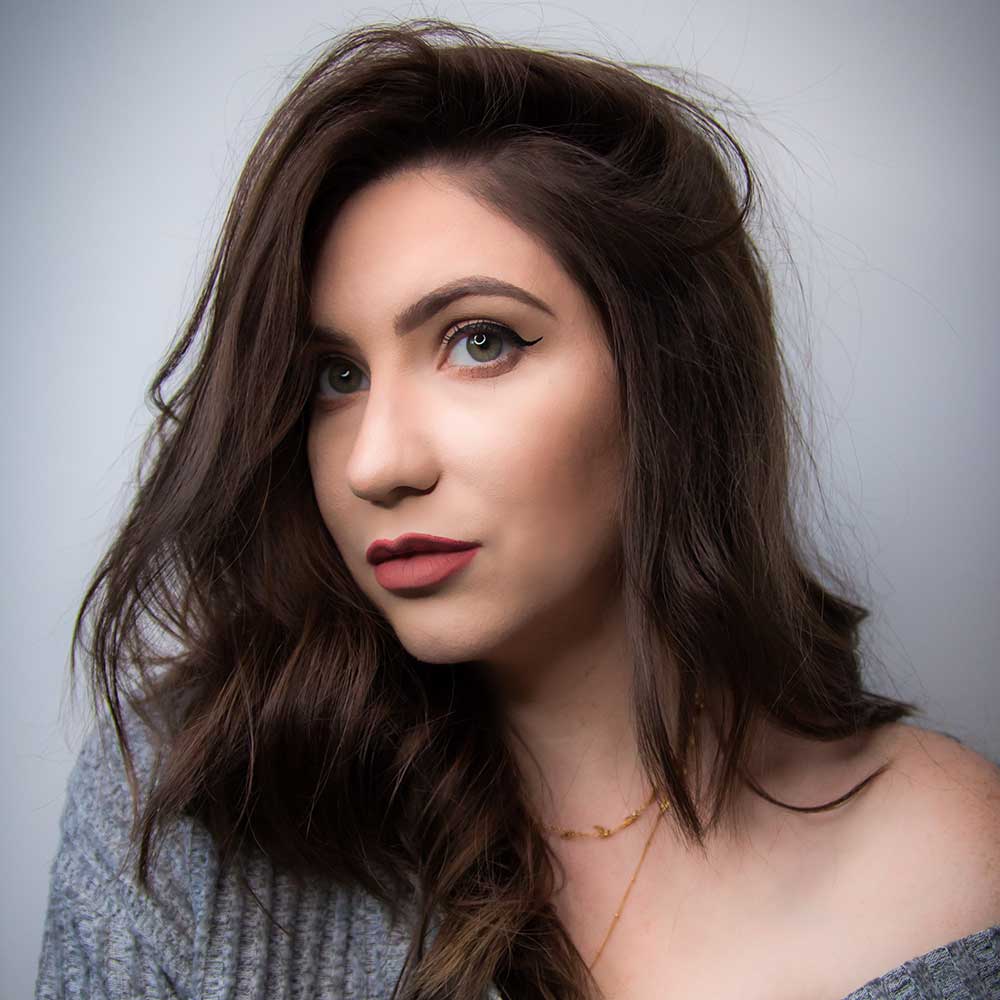
Kimberley Lane
Kimberley Lane is a landscape & seascape photographer living in South Wales. Originally using photography as a way to cope with health issues, she aims to portray a feeling of calm and peace through her images. Her work has been featured in a number of national photography magazines.
Best Canon camera FAQs
What’s the best Canon camera?
What’s the best Canon camera for beginners?
For beginners, we’d recommend the Canon EOS RP if you’re on a budget, or the Canon EOS R8 if you’ve got a bit more to spend. The RP is more beginner-friendly, but the R8 has more features and will grow with you as your skills advance over time.
What lenses are the best for astrophotography?
The best lenses for astrophotography require a wide focal length (20mm and below) and low apertures (around f/2.8 and below — the lower the better). This is because you need to let as much light into the lens as possible, and the wide focal length and low aperture enable you to do just that. You can use telephoto lenses for deep-sky astrophotography, but that’s something you tend to do once you’re more advanced.
Should I get a mirrorless or DSLR Canon camera?
This is all down to personal preference, but many photographers tend to favor mirrorless cameras due to the gradual phasing out of DSLRs. There’s absolutely still a spot for DSLRs, but mirrorless cameras are constantly being upgraded and improved over time with some incredible new features, whereas DSLRs aren’t.
What makes a Canon camera good for astrophotography?
A good camera for astrophotography has good high ISO performance, produces beautiful colors and highly detailed images and can focus well in low-light. It’s also useful to have a fully articulating screen, backlit buttons and special astro features, too.
But when it comes down to it — the better your camera is at handling noise, the better it’ll be for astrophotography.
Update log
This update log will track the last major change to this buying guide.
How we test the best Canon cameras
How we test the best Canon cameras
Here at Space.com, we review and test each product individually to ensure you get an honest, hands-on and up-to-date recommendation in our guides. Naturally, we take many factors into account when reviewing cameras and they include performance, design, construction and of course, functionality.
The best Canon cameras for astrophotography are tested by expert staff and freelance contributors who know their subject areas inside and out. That ensures each camera gets a personal, knowledgeable review with honesty and impartiality so that each model can be judged on price, class and destined use. We wouldn’t compare a 60MP full-frame mirrorless camera to a crop-sensor DSLR as it wouldn’t be appropriate. However, different models will excel in different areas and each camera may be the best in its class.
We also like to consider whether a camera features the latest technology, how easy it is to use, and whether or not it’s capable of high-quality stills and videos. We would also like to suggest any extra kit or accessories that would enhance the user’s experience, which, of course, could benefit you.
With complete editorial independence, Space.com are here to ensure you get the best buying advice on cameras, whether you should purchase an instrument or not, making our buying guides and reviews reliable and transparent.
Stay Informed With the Latest & Most Important News
Previous Post
Next Post
-
 012024 in Review: Highlights from NASA in Silicon Valley
012024 in Review: Highlights from NASA in Silicon Valley -
 02Panasonic Leica Summilux DG 15mm f/1.7 ASPH review
02Panasonic Leica Summilux DG 15mm f/1.7 ASPH review -
 03How New NASA, India Earth Satellite NISAR Will See Earth
03How New NASA, India Earth Satellite NISAR Will See Earth -
 04And Thus Begins A New Year For Life On Earth
04And Thus Begins A New Year For Life On Earth -
 05From Polymerization-Enabled Folding and Assembly to Chemical Evolution: Key Processes for Emergence of Functional Polymers in the Origin of Life
05From Polymerization-Enabled Folding and Assembly to Chemical Evolution: Key Processes for Emergence of Functional Polymers in the Origin of Life -
 06Astronomy Activation Ambassadors: A New Era
06Astronomy Activation Ambassadors: A New Era -
07SpaceX launch surge helps set new global launch record in 2024


